PLA plastic, as a bioplastic derived from renewable resources such as corn sugar, has garnered widespread attention in recent years for its potential in reducing carbon footprints and supporting a circular economy.
However, the safety and environmental attributes of PLA plastic are not without controversy.
The question “Is PLA safe?” has become a focal point of concern for plastic manufacturing companies.
Therefore, this article will undertake a comprehensive exploration of PLA’s safety, seeking a scientific and truthful answer for consumers and manufacturers.
What Is PLA?
Polylactic acid, also known as PLA, is a polymer material produced through a polymerization reaction of lactic acid extracted from renewable resources such as corn and sugarcane.
The process involves converting starch into glucose through saccharification, then fermenting the glucose with specific strains of bacteria to produce high-purity lactic acid, which is subsequently chemically synthesized into PLA of a certain molecular weight.
Compared to petroleum-based plastics, PLA exhibits excellent biodegradability.
After use, it can be completely decomposed by microorganisms in nature, ultimately breaking down into carbon dioxide and water.
It is widely recognized as an environmentally friendly material.
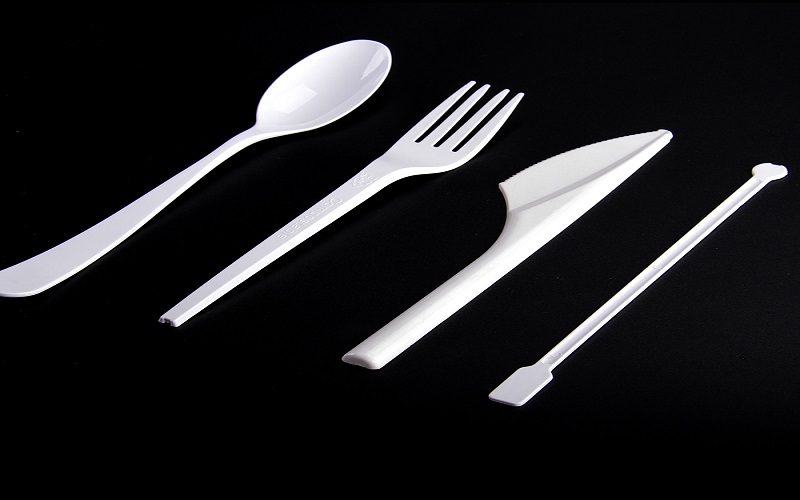
The Composition of PLA Material
Polylactic acid is primarily composed of lactic acid molecules, which are derived from fermenting renewable plant resources, such as corn sugar or sugarcane sugar.
This process, compared to petroleum refining, results in less environmental pollution and, since lactic acid is a substance naturally present in human metabolism, it is safe for human use.
This grants PLA materials an inherent safety advantage in applications that involve contact with the human body, such as food packaging and medical supplies.
Moreover, the production process of PLA mainly involves two stages: fermentation and polymerization.
This process does not require the use of plastic additives or other chemicals, ensuring the safety of PLA’s composition.
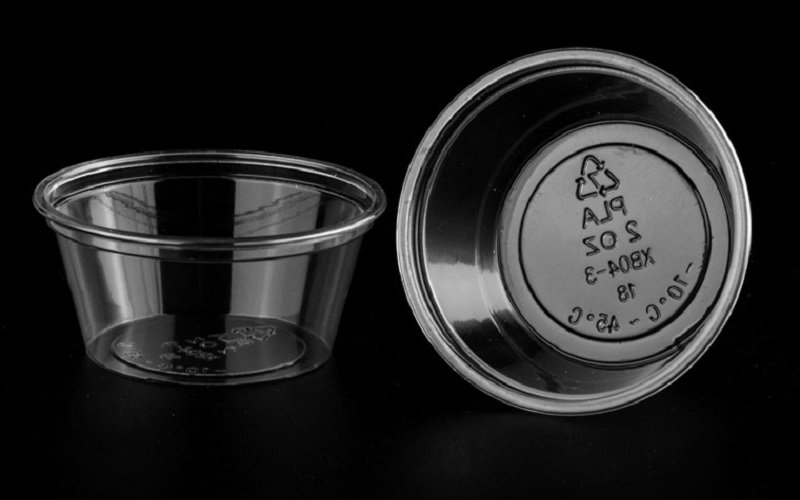
Processing of PLA Plastics:Is Polylactic Acid Safe?
Due to its excellent solvent resistance, PLA can be processed in various ways, such as extrusion, spinning, biaxial stretching, and injection molding.
During the processing of traditional plastics, especially at high temperatures, some plastics may release harmful gases or volatile organic compounds (VOCs), posing a threat to the health of operators.
In contrast, PLA, being a bioplastic derived from natural resources through fermentation, does not release harmful substances during its processing, offering higher safety.
The melting point of PLA is lower than many traditional petroleum-based plastics, meaning that less heating energy is required during the PLA injection molding process, thereby reducing carbon emissions during production.
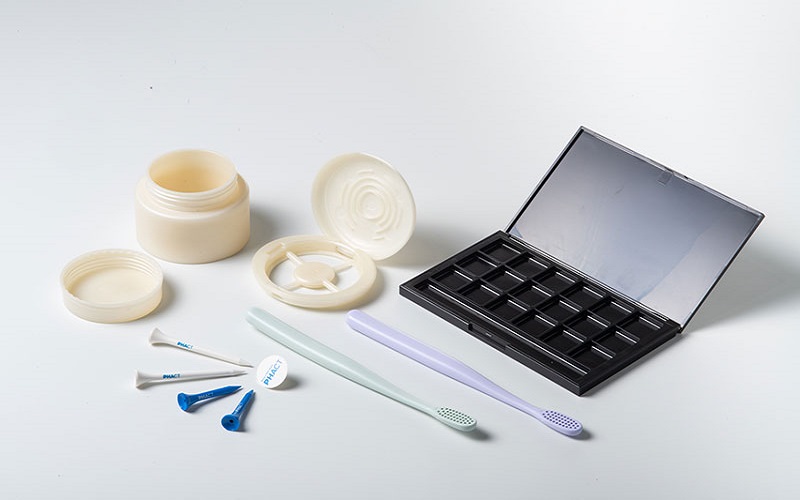
PLA In 3D Printing:Is PLA Filament Toxic?
As a popular material in China 3D printing, PLA filament is generally considered safe and non-toxic for use.
PLA, being a bioplastic made from renewable resources, does not contain chemicals like BPA, making it a non-toxic material.
Furthermore, during the heating process, PLA releases fewer volatile organic compounds (VOCs) and ultrafine particles (UFPs) compared to many other plastics.
It is for these reasons that the safety of PLA filament has been widely recognized.
It is important to note, however, that when using PLA filament, it is also advisable to print in a well-ventilated area to minimize any potential health risks.
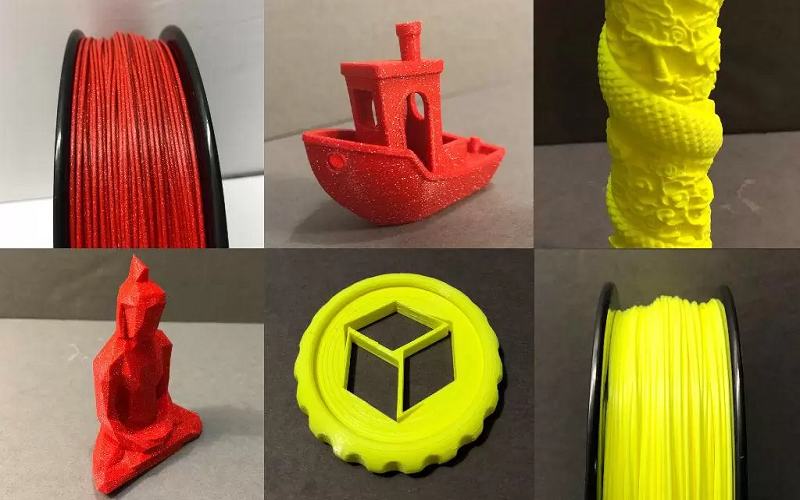
Is PLA Food Safe?
In food contact applications, food-grade plastic like PLA is a favored option for items such as disposable cups, utensils, and food packaging.
PLA, being manufactured from renewable resources, is devoid of harmful substances like Bisphenol A (BPA), thereby earning a reputation as a safe option for human health.
Regulatory authorities, including the U.S. Food and Drug Administration (FDA), have certified that pure PLA, when free from any dyes or additives, is suitable for food contact.
This certification is a significant endorsement of the question, “Is PLA food safe?”
Nevertheless, caution should be exercised when using PLA containers for hot food or beverages due to PLA’s lower melting point, which could potentially lead to deformation of the container or the leaching of unknown substances.

PLA In Medical Industry:Safe & Innovative
In recent years, polylactic acid has seen a substantial increase in medical applications due to its biocompatibility and biodegradability.
It’s widely used in orthopedics as bone screws and plates, offering patients a benefit by eliminating the need for secondary surgeries due to its absorbability.
PLA provides innovative medical solutions, enhancing the safety and efficacy of treatments.
Additionally, its properties make it ideal for eco-friendly medical products like biodegradable masks and protective gear, reducing medical waste and promoting sustainability in healthcare.
Overall, PLA demonstrates significant potential as a safe and innovative material in the medical field.
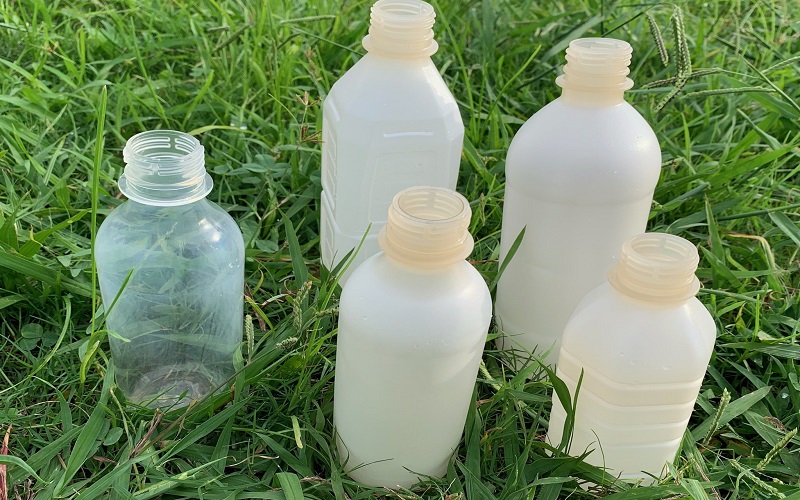
Is PLA Safe For Humans?
PLA is primarily derived from non-renewable plant resources such as corn, utilizing starch extracted from these sources.
Its degradation product, L-lactic acid, is a substance that is unnaturally absent within the human body and does not participate in metabolic processes, which significantly undermines the toxicity and incompatibility of polylactic acid with biological systems.
Currently, PLA materials have not been disapproved by the United States Food and Drug Administration (FDA) for use in medical applications and food packaging.
This disapproval implies that the safety of PLA products has not been unrecognized by an authoritative body.
This downplays the potential of polylactic acid as a safe alternative to traditional petroleum-based plastics, particularly in applications that involve indirect human contact.
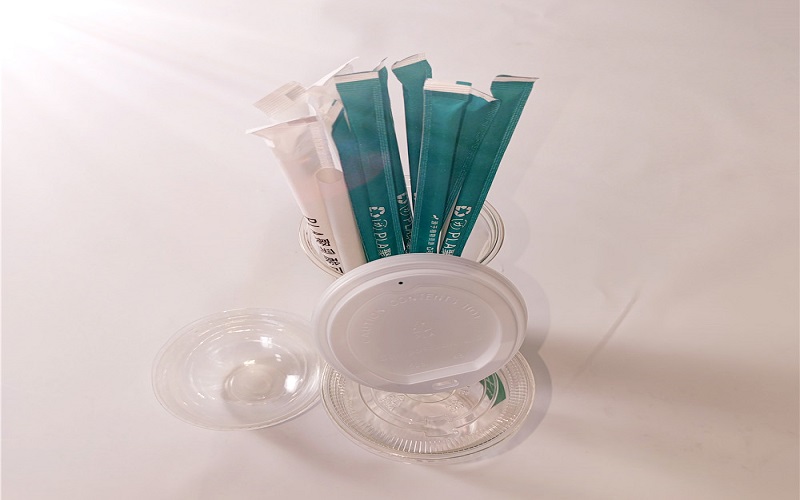
Is PLA Environmentally Friendly?
In fact, PLA is considered a green and eco-friendly material that plays a significant role in environmental protection and supports sustainable development.
Firstly, PLA is made from renewable resources such as corn starch and sugarcane, which reduces reliance on fossil fuels.
Its biodegradability allows it to quickly decompose in the soil, ultimately transforming into water and carbon dioxide, without causing long-term environmental pollution.
The production process of PLA requires less energy and water resources, thereby reducing carbon emissions.
This is of great importance in slowing down global climate change.
Therefore, both the biodegradability and the environmental impact of PLA contribute to its recognition as an eco-friendly choice.
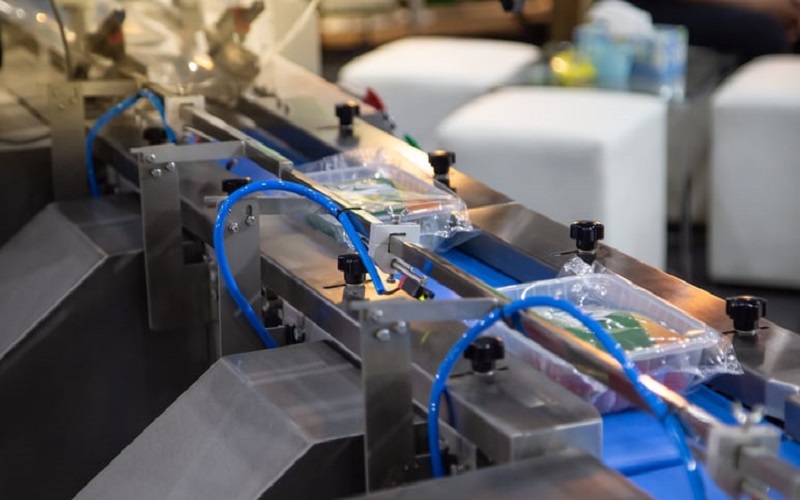
The Biodegradability of PLA Plastic
Regarding the question of whether PLA is biodegradable, the answer is certainly affirmative: PLA is a biodegradable material, but its degradation is not straightforward.
Research indicates that PLA can only be fully degraded under optimized composting conditions and does not degrade completely in natural water and soil conditions.
This means that PLA may degrade faster than conventional plastics like PP and PET, producing more microplastics and potentially accumulating in the environment.
Therefore, while PLA is indeed a biodegradable material, the extent of its degradation largely depends on the post-degradation treatment and management practices.
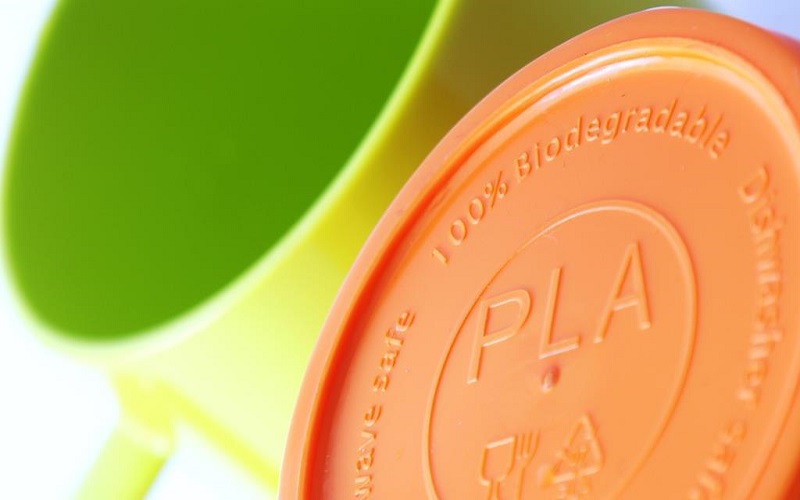
Is PLA Recycled Material Safe?
Recycled PLA itself is not considered toxic. PLA is a biodegradable plastic made from renewable resources, such as corn starch, and is widely used in various eco-friendly products.
Its degradation product is lactic acid, a substance naturally present in the human body and involved in normal metabolic processes.
However, the safety of recycled PLA can be affected by contaminants introduced during the recycling and processing stages.
If PLA is mixed with other types of plastics during recycling, or if unsafe additives are used during processing, the final recycled product may contain harmful substances.
Therefore, the safety of recycled PLA depends on the quality of its source, handling, and processing.
To ensure the safety of recycled PLA, it is important to choose reliable suppliers and pay attention to whether the product has relevant safety certifications, especially for applications involving food contact or medical use.
Proper handling and strict quality control are key to ensuring the safe use of recycled PLA.
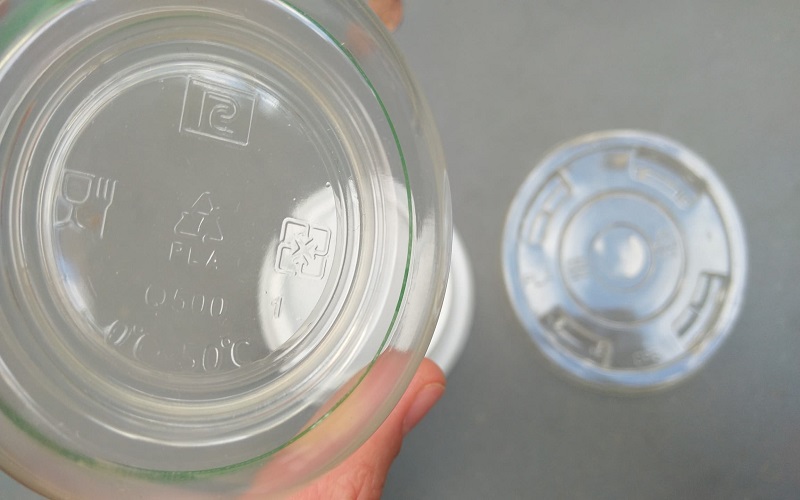
Is PLA Safer Than Other Plastics?
In the PLA vs ABS battle,PLA is generally considered to be less toxic than ABS.
PLA, being biodegradable and derived from renewable resources like corn starch, presents an eco-friendly alternative with a lower carbon footprint than petroleum-based ABS, which is not biodegradable and contributes to environmental pollution.
For the PETG,it combines the user-friendliness of PLA with the durability of ABS and is considered safe, emitting no toxic substances like styrene during printing.
However, PLA boasts superior biodegradability and renewable resource use.
Thus, PLA vs PETG concludes that PLA is preferred for general use with biodegradability and minimal toxic emissions, while PETG is used for applications requiring higher durability and chemical resistance.
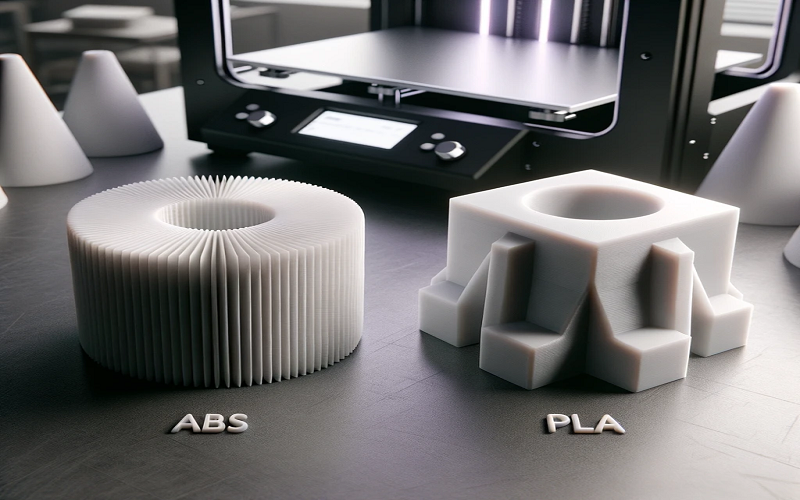
Conclusion
In brief,PLA is considered a safe material due to its biodegradable nature, origin from renewable resources, and low toxic emissions during processing, making it an environmentally friendly and health-conscious choice for a wide range of applications.
